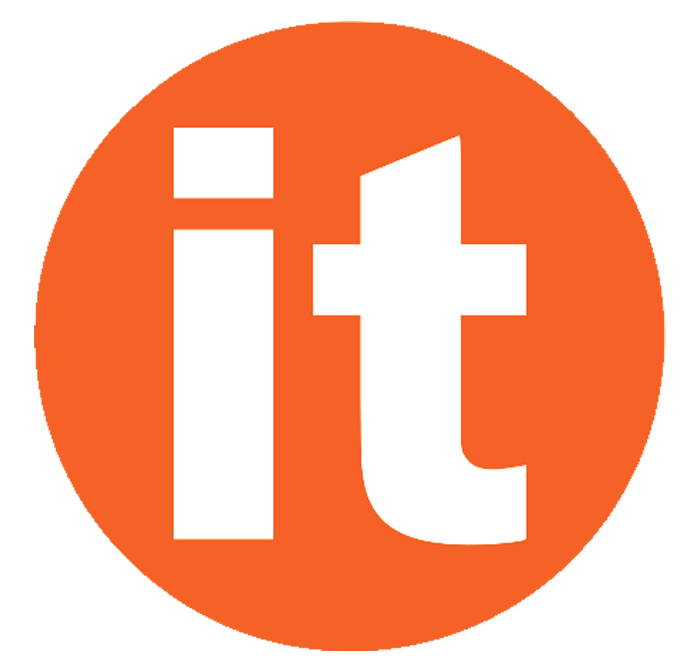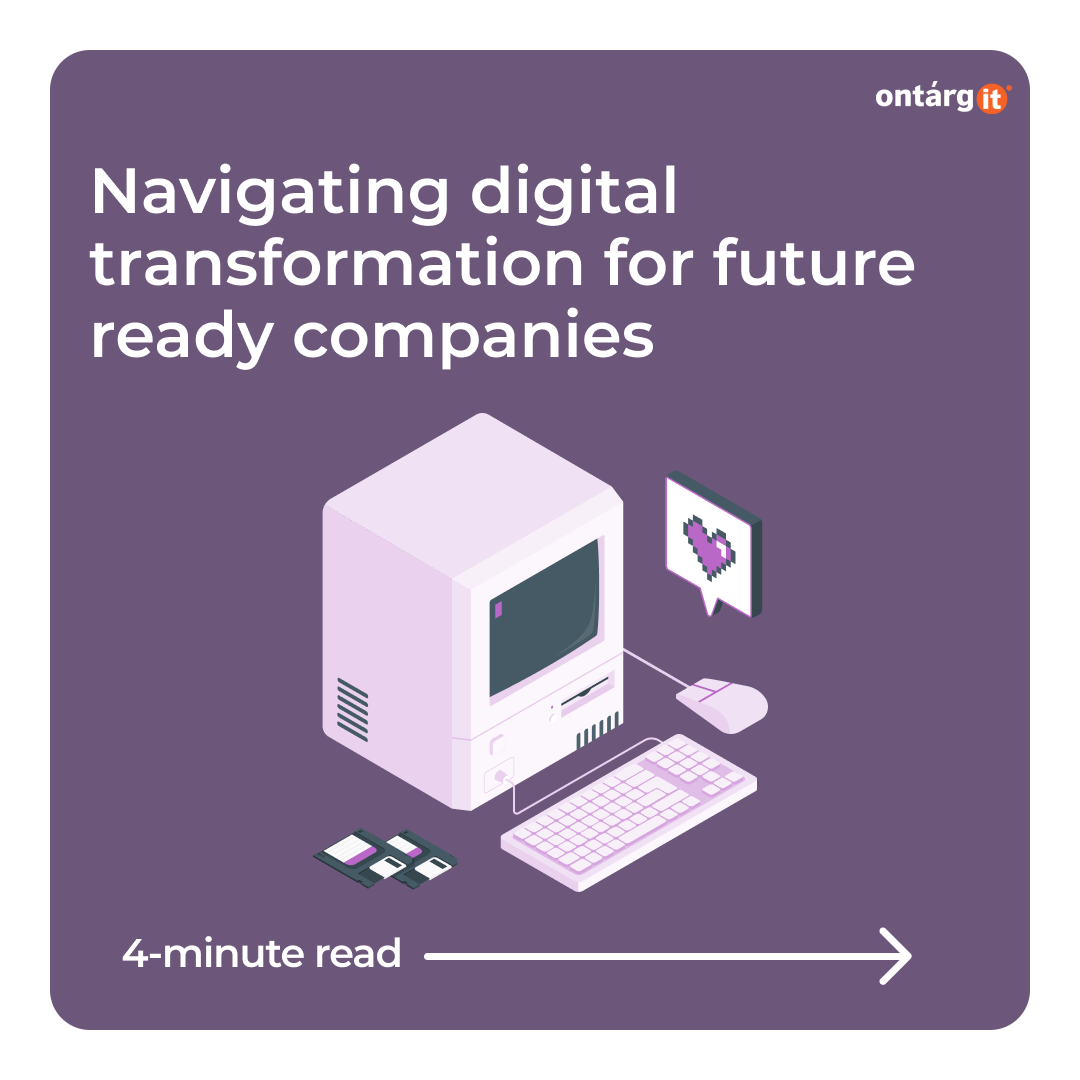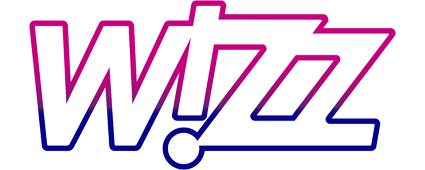Episode Transcription
Welcome to the podcast episode that sheds light on the common myths and confusions about Microsoft’s Business applications offerings. In this episode, we’ll help you figure out which ERP option from Microsoft best suits your company’s needs.
The first question that most Dynamics 365 buyers ask is: “What is the best ERP option from Microsoft?” Unfortunately, most of the information available online falls into one of two categories. The first category provides overly simplified and biased information. It gives some magic numbers like “if you have less than 200 employees, you need to select Business Central. And if more, select Finance and Supply Chain Management.” It just sounds weird and doesn’t give any context. The second category is either too vague or too complex. It doesn’t highlight the core differences between the applications.
To help make ERP selection easier, let’s start by figuring out the product naming. Microsoft has undergone several rebranding of its ERP offerings over the last few years.
At the beginning of the late nineties, there were two different ERP products, Navision, and Axapta, from two different software vendors. Microsoft acquired both products in 2002 and gave them new names – Microsoft Dynamics AX and Microsoft Dynamics NAV.
However, a few years ago, Microsoft decided to bring all its business applications under the same Dynamics 365 umbrella. It represents an application suite in the cloud, like what they did with Microsoft 365 applications. But, in fact, these two products are still on completely different platforms.
AX product has become a Finance & Operations platform. It was further divided into different licensing SKUs, depending on desired features. Such as Dynamics 365 Supply Chain Management, Dynamics 365 Finance and Dynamics 365 Human Resources. It is still the biggest and flagship ERP offer. Over the last few years, Microsoft has primarily invested in Finance & Operations to compete with other Tier-1 ERP vendors.
On the other hand, NAV is now called the Business Central platform, aka BC. It is sold in two licensing SKUs – Essential and Premium. The Premium one provides slightly more features, such as manufacturing functionality. But, in total, it has fewer capabilities than the Finance & Operations platform.
Now the question is, how do we differentiate between them?
And this is where the first myth comes in – Business Central is for small and medium businesses, but Finance & Operations is for enterprises.
It’s not actually true, even though Microsoft tends to use this differentiation for simplicity. Let’s set aside the hypothesis that Finance & Supply Chain Management, as a big ERP product, is made for enterprise-grade business processes. And that’s why small companies might not need it. Is there any reason Finance & Supply Chain Management is not suitable for mid-size businesses or mid-market manufacturers? No, there isn’t. Even if we rephrase the question to “Except for the cost, is there any situation where Business Central fits mid-size companies better than Finance & Operations?” The answer is still no. In fact, there is no feature or capability that Business Central offers that hasn’t been represented in Finance & Operations. Or is a better option by any means.
However, some fellow partners say, “The smaller the product, the better the user experience!” This is a second common myth.
This myth likely came from people who had experiences with old-fashioned, on-premises ERP software. Users were really struggling with a poorly designed User Interface compared to modern best practices. In those old ERP products, users were not the focus of the ERP product designers. The bigger the product was, the more efforts were targeted towards feature-rich functionality in trade-off to user productivity.
Fortunately, most of the main vendors today understand that user productivity is key to implementation success. From Microsoft’s perspective, both Dynamics 365 Business Central and Finance & Operations platforms have modern and intuitive User Interface. It is made up of business role-focused workspaces and unified experiences across all Microsoft products. Including Microsoft 365 and Power BI.
So, the myth that the smaller the product, the better the user experience, is not necessarily true in case of Microsoft Dynamics 365 offerings.
When it comes to ERP costs, we have three main categories representing the total cost of software ownership. It’s licenses, implementation costs, and the cost of operations and maintenance. In the new cloud world, the two biggest cost categories are subscription licenses and implementation services. Infrastructure and maintenance tasks are taken care of by Microsoft. And both Business Central and Finance & Operations are Software-as-a-Service offerings.
However, another myth creeps up in the field – the implementation cost of Finance & Operations is always higher than Business Central.
This myth is very superficial and oversimplified. I’ve heard it from different Microsoft partners who refer to overall statistics. However, in terms of implementation cost, it is only the scope that really matters. By implementation scope I mean what business processes and functions you want to automate.
From a statistical point of view, Dynamics 365 Finance & Operations is more capable. So, project scope is typically bigger because customers want to utilize more off-the-shelf features. The term “average cost of ERP implementation” is not accurate. Because the bigger the scope, the more people are involved. And the more robust implementation approach is used to manage it. These factors impact “average cost” statistics.
Remember, if the scope of ERP implementation is similar, implementation costs for both Finance & Operations and Business Central should be the same. For experienced Dynamics 365 consultants, it doesn’t matter how many features ERP has overall. They can quickly configure only the features you need.
Now, let’s talk about consulting price rates. The consulting hour rate price varies, but it doesn’t depend on the product you’ve selected. It depends on the consulting company brand, the market it operates in, industry experience, and other product-agnostic factors.
Lastly, we have licensing. Myth number 4 is that Finance & Operations licenses are always significantly more expensive than Business Central. When you look at Microsoft Dynamics 365’s official page, Finance & Operations licenses are two times or more expensive. However, this only makes sense with a small number of users. Or when you don’t consider the extra licenses, you need to purchase additionally. ISV solutions are always required for mid-to-complex Business Central implementations.
To clarify the off-the-shelf product price, let’s compare two products. As cloud subscription-based licenses, both products are priced per user per month.
For Business Central licensing cost, there is no minimum license requirement. So even purchasing 1 user license is enough to start deploying the system. When the user count increases, the slope is almost linear. And the cost is about $70 for Essentials license and $100 for Premium, which includes manufacturing functionality. Let’s say you need 10 Essentials and 10 Premiums licenses for 20 users. The total cost will be $1,700 per month. And no other licensing options are available for subscriptions in the Business Central.
For Finance & Operations licensing cost, it starts with 20 full-user licenses as a minimum purchase requirement. The average price for Finance & Operations is between $180-$210, depending on the features required by the user. For 20 users, we might need 10 Supply Chain Management and 10 Supply Chain management + Finance licenses. The total cost will be $3,900 per month. So, if 20 full users are enough, Finance & Operations is more than two times expensive.
However, the Finance & Operations platform has so-called “Activity user” licenses, which costs $50 per user per month. It is designed for financial clerks, shop-floor workers, field engineers who need to perform one specific function in the system.
In fact, what we see in customer implementations is that most users just need a few functions to perform their daily job. So, when the number of users goes above 20, the price difference becomes lower, and the slope goes towards Business Central price. In an ERP implementation project for 125 users in a manufacturing company, we found that the licensing cost is very close to Business Central. But Finance & Operations provides a richer and more diverse set of capabilities. Especially considering future business growth.
In conclusion, Finance & Operations licenses are not always two times more expensive than Business Centrals.
This means that mid-size companies need to consider the number of employees who will use the ERP system. And ensure that they have the necessary licenses to do so. The exact number of users will depend on the size and complexity of the company’s operations. It is important to keep in mind that every employee who interacts with the business processes should have access to the system.
By implementing ERP software, companies typically want to optimize and automate business processes. They want to provide more control and visibility for managers and executives. And have a modern IT platform that can support future business growth. This is especially important if you want to get the most from your digital transformation and implement Industry 4.0 principles.
At its core, Industry 4.0 principles are about eliminating paper for all business processes. And collecting or processing business data inside business systems. Humans should primarily get information from software. There should be a connected application stack where all systems, departments, and counterparts can receive and publish data within the same platform. This requires an open architecture, a unified data model, and real-time analytics and AI predictions.
To achieve this, even mid-size companies need to ensure that all employees have access to the ERP system. ERP is not just a tool for knowledgeable workers like accountants, logistics, and sales managers. It is for everyone in the company who plays a role in the business processes.
Now, let’s discuss how Business Central & Finance & Operations platforms count towards these principles.
Small implementations of Business Central need to add first-line workers to the system. They must be provided with optimized user interfaces to register jobs in real-time. Ideally through a tablet or touchscreen interface. However, Business Central does not have optimized mobile User Interface. It means you cannot perform warehouse and production execution in real-time on the shelf. So, companies need to buy additional software and pay extra for integration costs. Especially if they have chosen a non-Microsoft partner. Moreover, Business Central requires users to buy licenses that cost from $70 to $100 per user per month. Regardless of the features they use.
On the other hand, Finance & Operations includes WMS/MES modules and mobile User Interface off-the-shelf. Companies do not need to buy a full user license for first-line workers, only an activity user for $50. Moreover, modern production managers want OEE calculated in real-time. And the Finance & Operations platform allows this.
Next, we need all information to be calculated and stored in the system. However, when it comes to asset management capabilities, Business Central does not provide an asset management module on the shelf. You will need to buy a separate solution and integrate it. Finance & Operations offers an asset management module that is available out-of-the-box. It is already integrated with accounting and production processes.
In the current circumstances, businesses want to collaborate electronically with external parties such as vendors and customers. For example, a simple vendor portal where vendors can upload their invoices, update order delivery dates, and more. For customers, it’s nice to have an e-commerce website where they can place their orders without needing to call a sales manager.
Unfortunately, Business Central does not support these features out-of-the-box. Again, you will need to buy a separate e-commerce product. Or develop it yourself, including integration costs. Unlike Business Central, Finance & Operations offers a vendor portal that is available out-of-the-box. For customers, Microsoft offers a B2B E-commerce portal that is sold separately. But it is already fully integrated with the Finance & Operations platform.
It’s important to have accounting localization features for country-specific tax accounting, with all legal entity data in the same ERP database. It must include a shared chart of accounts, shared vendor information, and corporate exchange rates for quick and easy financial consolidation.
In Business Central, multiple instances will be essential for each localization. And it requires some workaround and manual data processing to consolidate accounts. This approach does not follow Industry 4.0 principles. Everything mentioned above is easily handled in one Finance & Operations instance.
To handle further digital transformation movement, Microsoft has recently developed some add-ons that are only available for the Finance & Operations platform. These include the Planning service, which reduces MRP run time in a huge product database from hours to minutes. Then there is IoT intelligence, which simplifies ERP integrations with shop floor equipment. And the Hybrid deployment service, which allows manufacturing and warehouse execution to work offline or on a separate cloud server. None of these features will be ported to the Business Central platform in the short-term.
I don’t want to go too deep into feature details. You can easily find out more over the internet. I just emphasized the most important ones, according to our implementation experience, and customer’s digital transformation needs.
But, let assume you already know exact requirements for particular end-to-end business process. Even so it may sound wisely to perform feature-by-feature comparison, it’s still can be confusing. We do not advise to ground on it substantially. Because of two main reasons. First, high-level product feature names may look the same between products, but under the hood the possibilities are way different.
For example, manufacturing module is mentioned for both products, but F&O has way more robust capabilities supporting lean, engineer-to-order, & make-to-order manufacturing, MES module, and many others. But BC is not, and that’s why BC is not typically implemented in manufacturing companies.
Another example is Payment & Treasury management module. It exists in both products, but BC one is typically not enough for mature process automation.
The second reason is – features are constantly changing across products. During the last half-year release cycle, Microsoft has added more than 600 features to all products in business applications stack. And keep such ever-growing development speed over the last years.
There are feature comparison articles available over the Internet which you can refer to but remember that they are only relevant for a certain date. And by the end of your ERP implementation – things may change.
As we mentioned, there are common myths surrounding the selection process. However, these are often oversimplified and do not consider the specific needs of your company.
When selecting an ERP solution, it’s important to consider factors such as implementation scope, licensing costs, and the specific features and capabilities that your business requires.
In summary, if you are a company looking to enhance your digital maturity and expect rapid growth, Finance & Operations may be the better option for you. However, if you are a local business with fewer employees, Business Central may be a more suitable option.
If you have any questions or need support in your ERP implementation journey, please don’t hesitate to contact us directly.
Thank you for listening to this episode, and we look forward to having you join in the next one!


















